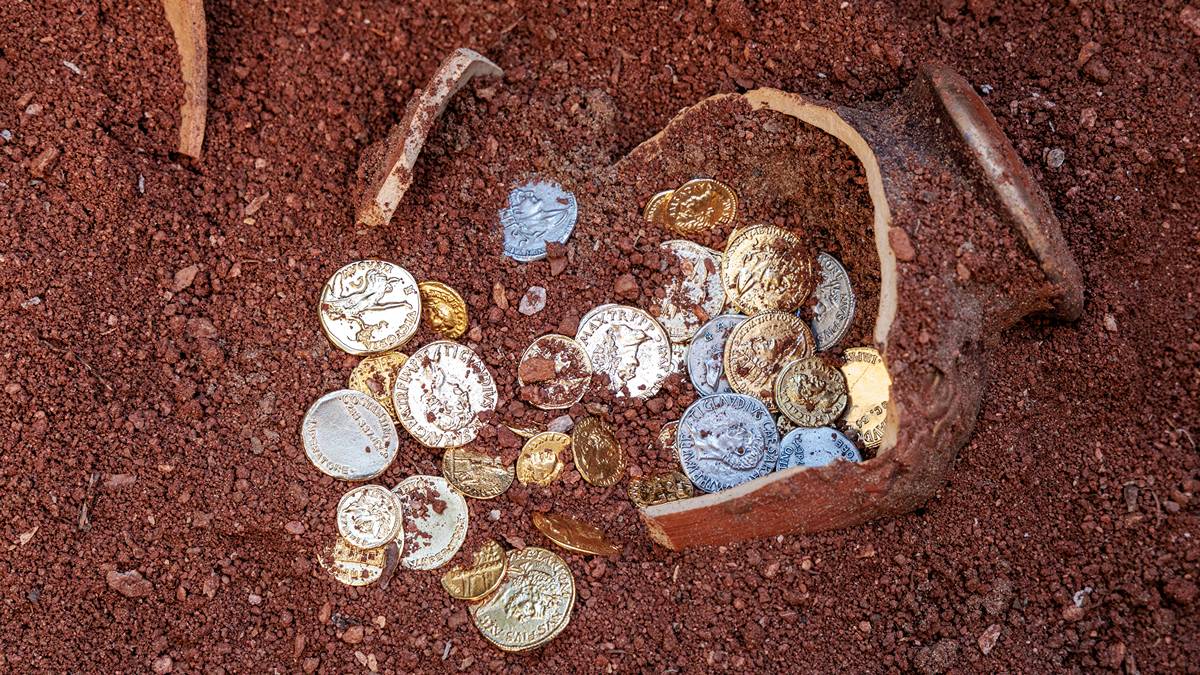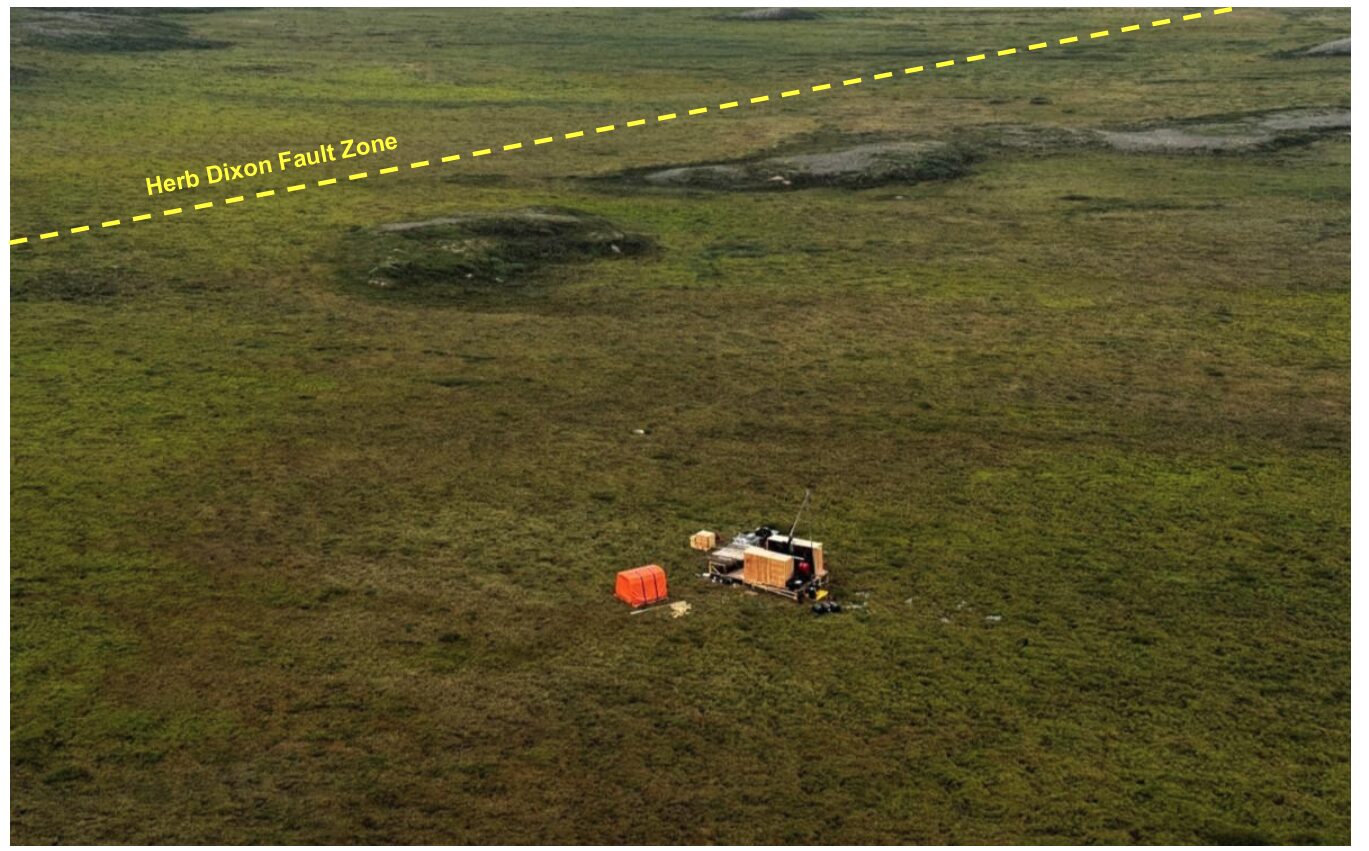White Cliff Minerals makes sediment-hosted copper discovery at Canadian project

White Cliff has now discovered its first sediment-hosted copper system at the Rae project in Nunavut. Pic: Getty Images
- White Cliff finds sediment-hosted copper accompanied by semi-massive sulphide veining during maiden drilling at Rae
- The company has expanded its landholdings to the north to secure a newly identified intersection of the Herb Dixon Fault
- Follow-up drilling is underway at the Stark target area
Special Report: Maiden drilling at White Cliff Minerals’ Rae project in Nunavut, Canada has uncovered sediment-hosted copper, accompanied by semi-massive sulphide veining directly beneath the copper-bearing sediments.
The first confirmed occurrence of a sediment-hosted copper system at the project was identified through diamond drillhole STK25001, which intersected a broad zone of sulphide mineralisation in the lower Rae Group sediments.
So far, White Cliff Minerals (ASX:WCN) has identified 16m of chalcopyrite-bornite bearing sediments from 175m with further semi-massive chalcopyrite-bornite observed from 290m to 295m, suggesting strong potential for associated vein systems nearby.

The drillhole targeted sediments adjacent to the Herb Dixon Fault, a major structure which runs north-south through the company’s property.
These observations, alongside results from surface, confirm this fault as a major copper-fertile conduit capable of hosting large mineralising systems.
Land expansion to the north
Follow-up drilling is underway at the Stark target area, stepping out from the discovery drillhole to vector towards a possible bornite and/or chalcocite zone within these typically zoned copper systems.
The Stark target is a very large geophysical conductor yet to be tested by drilling with a strike length of >15km x 2km, which lies on the Herb Dixon fault.
Based on this understanding, White Cliff has expanded its landholdings to the north, with the addition of ~950km2 of mineral claims.
These licences secure a newly identified intersection of the Herb Dixon fault (the main copper conduit) to a previously untested and newly identified sedimentary package with known copper occurrences to the north.
The land grab reinforces White Cliff’s leading position in the Rae Basin and adds multiple high-priority targets to its exploration pipeline.
Watch: White Cliff more than doubles strike length at Danvers copper project
‘Fast emerging multi-faceted copper discovery’
WCN managing director Troy Whittaker said the company holds a dominant land package with over 72km of untested strike length at the lower Rae Group, now a proven host to sedimentary copper mineralisation.
“This drillhole is an important proof of concept, validating our thesis that the Rae Project hosts significant sediment-hosted copper mineralisation,” he said.
“To encounter strong sulphides in both the overlying sediments and in a vein system beneath them highlights the Herb Dixon Fault as a major fluid conduit – a critical control in these systems.
“Rae is fast emerging as a multi-faceted copper discovery, with world-class intercepts at Danvers now extending over 800 metres, a new zone of over 4 kilometres to the southwest, and fresh confirmation of sediment-hosted copper and semi-massive sulphides at Stark.”
This article was developed in collaboration with White Cliff Minerals, a Stockhead advertiser at the time of publishing.
This article does not constitute financial product advice. You should consider obtaining independent advice before making any financial decisions.
Related Topics

UNLOCK INSIGHTS
Discover the untold stories of emerging ASX stocks.
Daily news and expert analysis, it's free to subscribe.
By proceeding, you confirm you understand that we handle personal information in accordance with our Privacy Policy.








